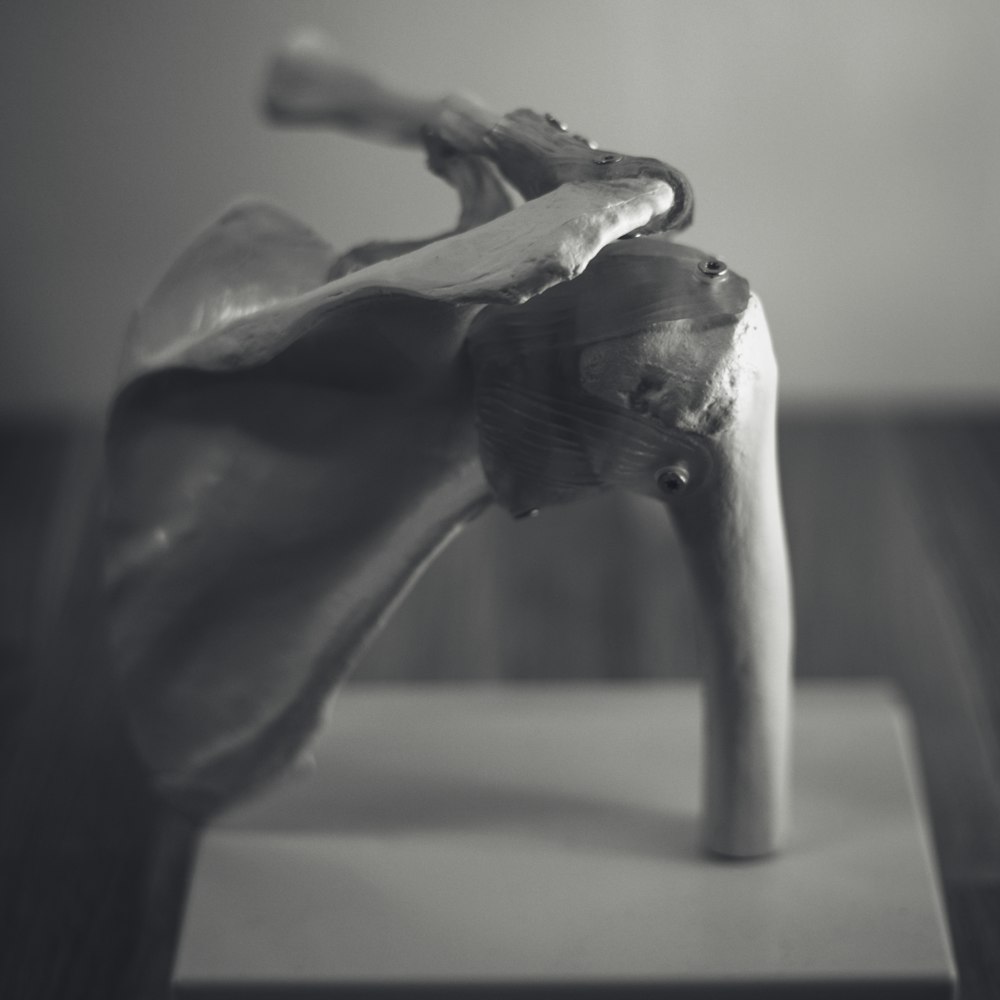目次
肩鎖関節のモビライゼーションが凍結肩症例の可動域改善に有効?
凍結肩の症例の可動域改善って大変ですよね?
肩甲上腕関節への介入だけではなかなか改善が得られないことも多いと思います.
肩甲胸郭関節や胸鎖関節,肩鎖関節,胸肋関節など肩甲上腕関節以外への介入が重要となります.
今回は肩鎖関節のモビライゼーションが凍結肩症例の可動域改善に有効かどうかを明らかにした研究論文をご紹介させていただきます.

今回ご紹介する論文
Randomized Controlled Trial Clin Rehabil. 2022 May;36(5):669-682. doi: 10.1177/02692155211070451. Epub 2021 Dec 29.
Effectiveness of acromioclavicular joint mobilization and physical therapy vs physical therapy alone in patients with frozen shoulder: A randomized clinical trial
Mohammad Rahbar 1, SepidehRanjbarKiyakalayeh 2, Reza Mirzajani 3, Bina Eftekharsadat 1, Neda Dolatkhah 1
Affiliations expand
PMID: 34964679 DOI: 10.1177/02692155211070451
今回ご紹介する論文は2022年に掲載された論文です.
研究の目的
Objectives: The objective of this trial was to compare the efficacy of acromioclavicular joint mobilization and standard physical-therapy versus physical-therapy alone in the treatment of the frozen shoulder.
この研究では五十肩の治療において,肩鎖関節モビライゼーションと標準的な理学療法の効果を標準的な理学療法単独と比較することを目的としております.
研究デザイン
Design: Single-blind randomized clinical trial.
研究デザインは単盲検無作為化臨床試験となっております.
研究セッティング
Setting: Outpatient setting.
この研究は外来のクライアントを対象に行われております.
研究対象
Subjects: Patients with frozen shoulder.
対象五十肩の症例となっております.
介入
Intervention: Participants were randomly allocated into mobilization + physical-therapy (n = 28), and physical-therapy alone (n = 28) groups for one month.
対象者を肩鎖関節モビライゼーション+標準的理学療法群(n=28)と標準的理学療法単独群(n=28)に無作為に割り付け,1ヵ月間,理学療法を行っております.
主要アウトカム
Main measures: The primary outcomes were the shoulder pain and disability index and the shoulder range of motion. The secondary outcome was the visual analogue scale. Measures were performed at the baseline, immediately and one month after the beginning of the treatment.
主要アウトカムは肩の痛みと障害指数と肩の可動域としております.
副次的アウトカムはVisual Analogue Scaleとしております.
測定はベースライン時,治療開始直後,治療開始1ヵ月後に行っております.
研究の結果
Results: Visual analogue scale and the shoulder pain and disability index improved more significantly in the mobilization group compared to the physical-therapy group immediately [-4.63 (-5.58–3.67) vs. -2.22 (-2.96–1.47), P < 0.001 and -23.08 (-28.63–17.53) vs. -13.04 (-17.93–8.16), P = 0.008, respectively] and one month after the beginning of the treatment [-5.58 (-6.45–4.72) vs. -3.61 (-4.60–2.62), P < 0.001 and -33.43 (-40.85–26.01) vs. -20.03 (-26.00–14.07), P = 0.001, respectively]. Active abduction range of motion was also improved more significantly immediately after the treatment in the mobilization group compared to the physical-therapy group [25.83 (11.45-40.13) vs. 10.17 (1.02-19.15), P = 0.025], however there were no significant differences between two groups concerning other measured range of motions.
Visual analogue scaleと肩の痛みと障害指数は,理学療法群に比べモビライゼーション群で即時的にそして治療開始後1ヶ月に有意に改善しました.
肩関節自動外転可動域についても標準的理学療法群に比べモビライゼーション群で治療直後からより有意に改善しましたが,その他の測定項目については両群間に有意差はありませんでした.
研究の結論
Conclusions: Adding acromioclavicular mobilization to standard physical-therapy was more efficient in decreasing pain and disability and improving active abduction range of motion compared to standard physical-therapy in frozen shoulder patients.
五十肩患者において標準的な理学療法に肩鎖関節モビライゼーションを加えることは,標準的な理学療法と比較して,痛みと障害の減少,および肩関節自動外転可動域の改善においてより効果的であることが示されました.
今回は肩鎖関節のモビライゼーションが凍結肩症例の可動域改善に有効かどうかを明らかにした研究論文をご紹介させていただきました.
肩甲上腕関節のみならず肩鎖関節にアプローチすることが凍結肩症例の機能改善に有用であるといった結果ですね.
当然と言えば当然かもしれませんがこういった結果をきちんと臨床に反映できるようにしたいですね.






